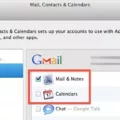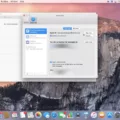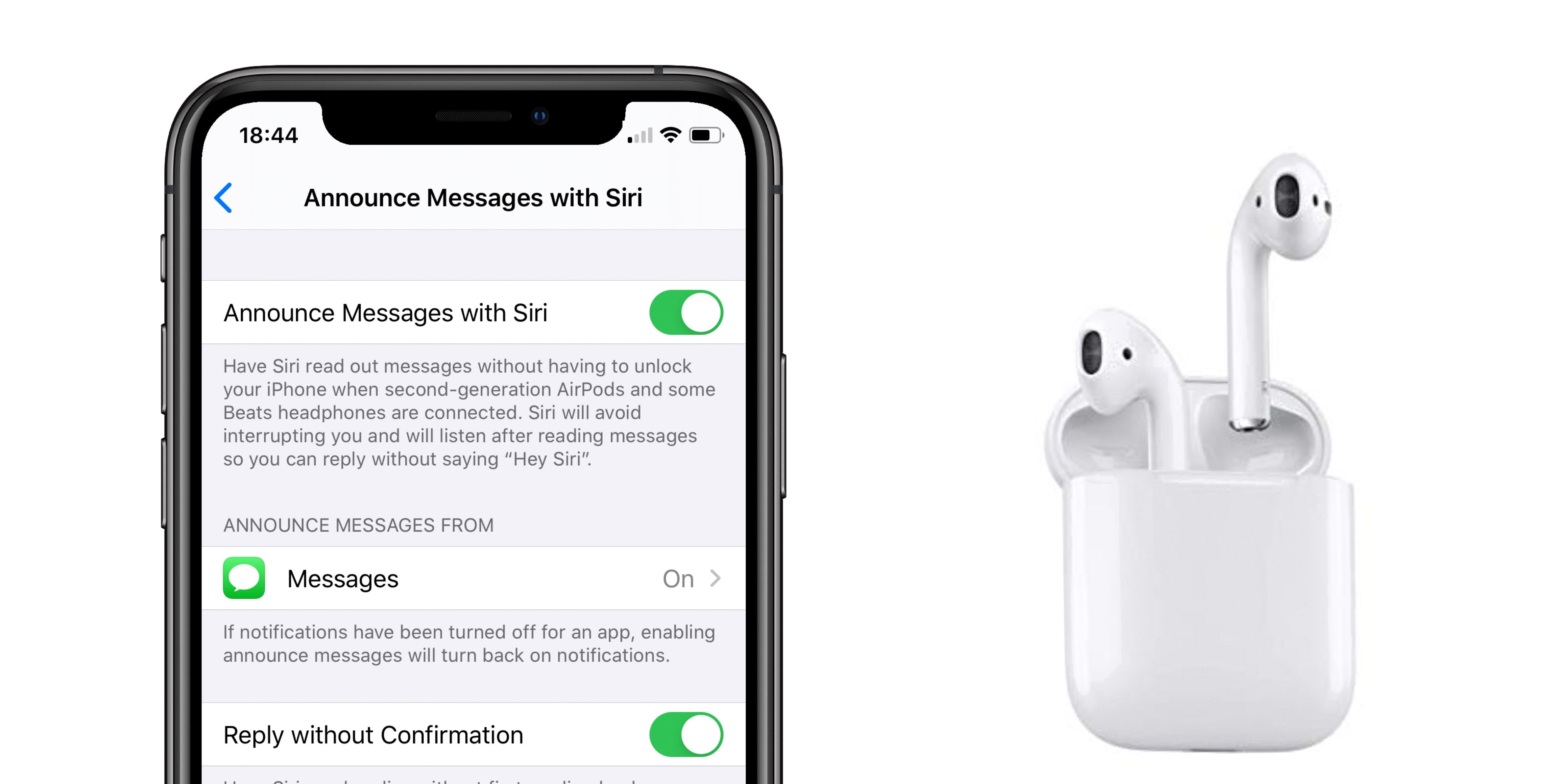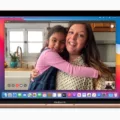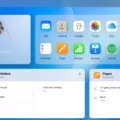Are you looking for a way to connect your Messages app to your Macbook Air? If so, you’ve come to the right place! With the Macbook Air’s high-performance hardware and powerful operating system, it’s easy to stay connected with friends and family using Messages. In this blog post, we’ll show you how to connect Messages to your Macbook Air and take advantage of all the great features it offers.
The first step is to make sure that your Macbook Air is running the latest version of macOS. You can do this by clicking on the Apple icon in the top left corner of your screen, selecting “About This Mac” and then clicking “Software Update.” If there are any updates available, install them beore proceeding.
Once you have ensured that your Macbook Air is running the latest version of macOS, open up the Messages app on your computer. You will be asked if you want to use an existing Apple ID or create a new one for Messages; choose whichever option works best for you and follow the instructions provided.
After signing into Messages on your Macbook Air, open Settings and select “Messages.” Here, you will be able to configure all of the settings related to how Messages operates on your computer. For example, you can choose who can send messages directly to your computer (such as only people from your address book or anyone with an iCloud account) as well as set up message forwarding so that any messages sent from another device associated with your Apple ID will also appear in Messages on your Macbook Air.
Once everyhing is set up correctly, you should be able to send and receive messages directly from your Macbook Air just like any other device associated with your Apple ID! With its powerful performance and sleek design, it’s easy to stay connected with friends and family using Messages on a Macbook Air.
Syncing iPhone Messages to a MacBook Air
To sync your iPhone Messages to your MacBook Air, first make sure that both devices are connected to the same Wi-Fi network. Then, on your iPhone, go to Settings > Messages and tap Text Message Forwarding. Turn on your Mac in the list of devices. If you’re not using two-factor authentication, a six-digit activation code will apear on your Mac; enter this code on your iPhone, then tap Allow. Once the activation code is accepted, all of your text messages should be syncing between both devices.
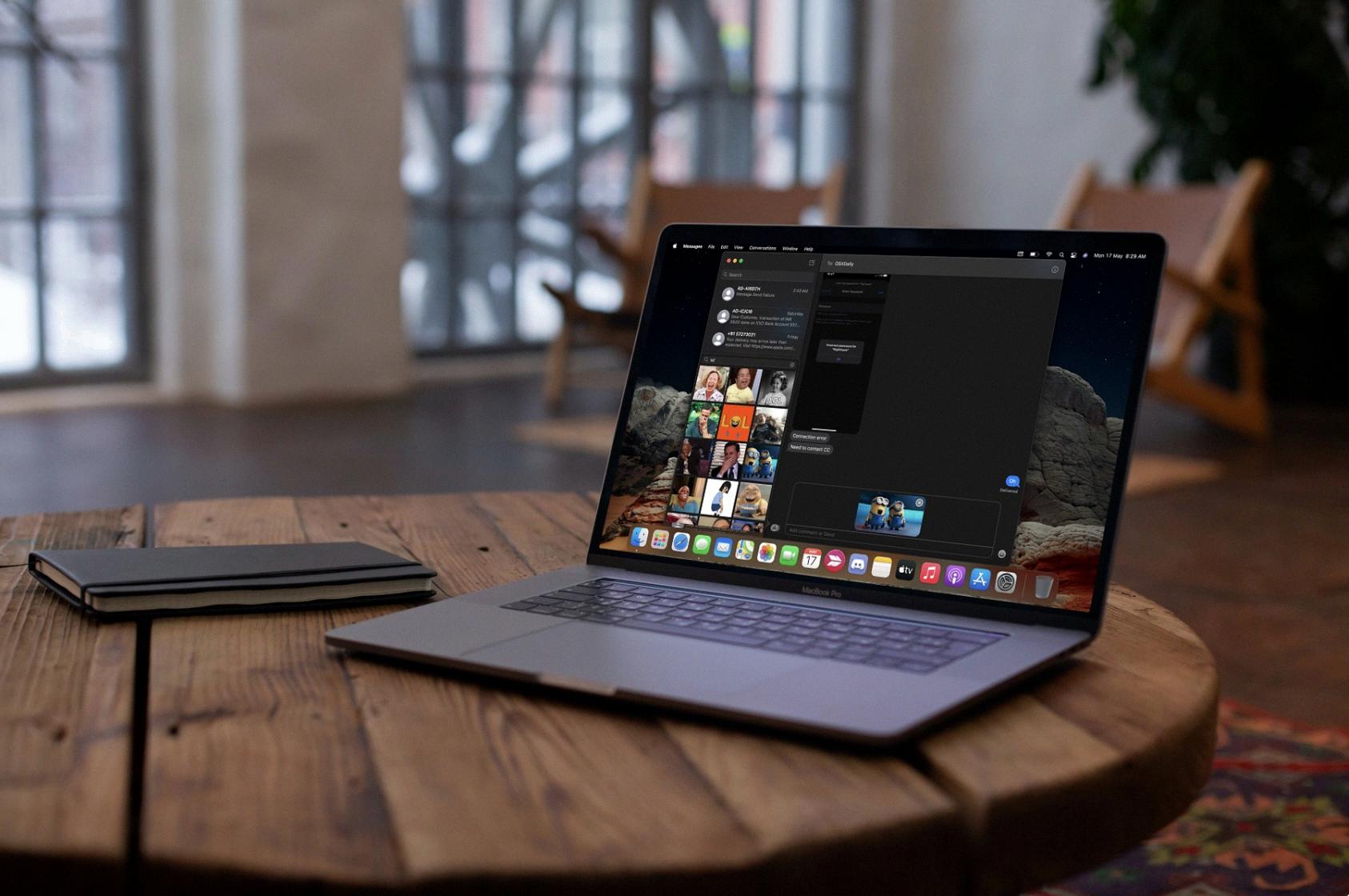
Source: osxdaily.com
Troubleshooting Messages on a Macbook Air
To get Messages to work on your MacBook Air, open the Messages app and select ‘Messages’ from the menu bar at the top of your screen. Then click ‘Settings’, and select ‘iMessage’. Then, make sure ‘Enable Messages in iCloud’ is checked. This will allow messages sent from other devices asociated with your Apple ID to appear on your Mac. Finally, when you’re finished, close out of the settings window and you should be able to access your messages.
Troubleshooting Text Message Syncing Issues on Macbook Air
There could be severl different reasons why your text messages are not syncing on your Macbook Air. First, make sure that you are signed in to iMessage with the same Apple ID across all of your devices. If you’re already signed in with the same Apple ID, try signing out and then signing back in again. You may also want to make sure that you have a strong internet connection and that both devices have the latest version of iOS or macOS installed. Finally, it’s possible that iCloud settings may be preventing the messages from syncing. To change this, go to Settings > [your name] > iCloud on your iPhone and make sure that iCloud Drive and Messages are turned on.
Troubleshooting Issues Connecting iMessage to Mac
There are a few potential reasons why you may not be able to connect your iMessage to your Mac. First, make sure you have a strong and reliable internet connection. If thre is an issue with the connection, this could be preventing your iMessage from connecting. Second, check for any software that may be blocking the ports used by iMessage and FaceTime. It could be that a firewall or other third-party networking software is blocking these ports and preventing your Mac from connecting to iMessage. Finally, check to make sure you’re using the correct Apple ID and password when signing into iMessage on your Mac. If you do not enter the correct credentials, you will not be able to connect.
Troubleshooting Message Syncing Issues Between iPhone and Mac
The Messages app on your iPhone and Mac may not be syncing correctly due to an issue with iMessage. To fix this, try turning off iMessage on your iPhone and signing out of the Messages app on your Mac, then wait a few seconds before signing back in and turning iMessage back on. This should allow your Messages to sync correctly between both devices.
Reconnecting Phone to iMessage on Mac
To reconnect your phone to iMessage on your Mac, open the Messages app on your Mac and select Preferences. Select the iMessage account you’d like to connect and click the button to Sign Out. Once signed out, go back to the iMessage preferences menu and click Sign In. You will be prompted to enter your Apple ID credentials. Enter those credentials and you should be able to connect your phone to iMessage on your Mac.
Troubleshooting Issues with Messages on Macbook
If your Messages app is not opening on your Macbook, it could be because you are not logged in to your Apple ID on the device. To check this, open “System Preferences” and click on “iCloud”. Make sure the box next to “Messages” is checked, indicating that you are signed in and ready to receive messages on your device. If it is not checked, select the box and enter your Apple ID login information. After doing this, try launching Messages agan and see if the issue has been resolved. If the issue persists, you may need to restart your Macbook or contact Apple support for further assistance.

